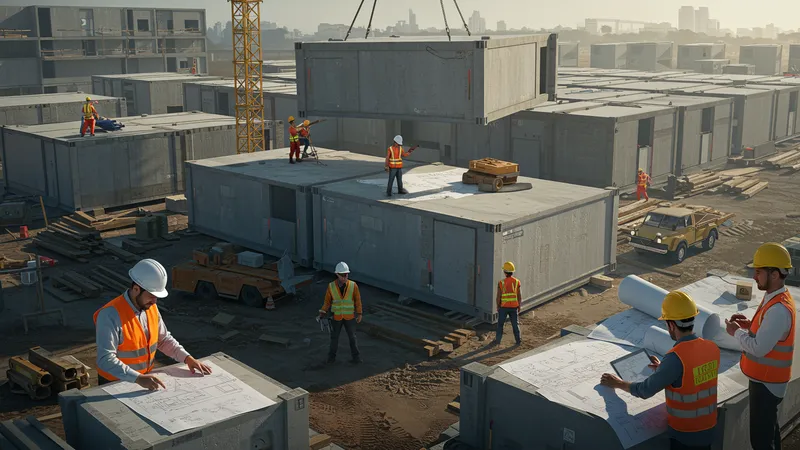
Innovative Solutions For Real Estate: Customer Management Software And Prefabricated Buildings
Exploring Cost Savings in Modular Construction
The economics of modular construction presents tantalizing opportunities for substantial cost savings across architectural projects. Through efficient manufacturing processes and streamlined logistics, significant reductions in both labor and material costs are achieved. But this is just the starting point of an extensive cost-benefit analysis.

Customization within modular projects reveals further financial advantages. Standardized components allow economies of scale without sacrificing individuality tailored to unique project needs. Developers thus gain flexibility in design while still accessing cost-effective solutions—a win-win approach not often seen in traditional methods. Yet, new revelations keep emerging.
The key to maximizing cost savings lies in optimizing the entire lifecycle of the building—from initial construction to maintenance. The durable nature of prefabricated components reduces long-term operational costs, ensuring value preservation over time. Emphasizing lifecycle economics might reshape investment strategies entirely. Still, even this isn’t the final revelation.
Insurance premiums for modular structures are being reconsidered as underwriters recognize the resilient characteristics inherent in prefabricated components. Enhanced safety and durability may lead to reduced costs in insurance, offering another layer of financial incentive. This evolving understanding could catalyze further shifts across the building industry. But more surprises still await the industry.